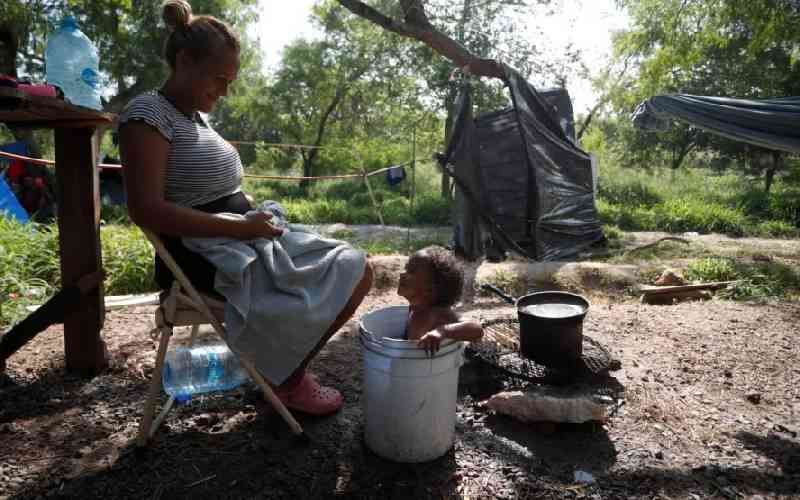
On a June afternoon when temperatures climbed near 100 degrees Fahrenheit (38 Celsius), Alejandra Pena gently tipped a jug of water into her son's mouth. Like other children in the migrant camp, a mile-long stretch of tents along the banks of the river separating Mexico from the United States, the toddler had diarrhea. Pena worried the boy was dehydrated.
"Drink, Natanael. Drink," Pena coaxed. One of the few humanitarian groups operating in the camp had told her Natanael was malnourished and underweight, she said, attributing his condition to the lack of clean water and poor sanitation in the camp.